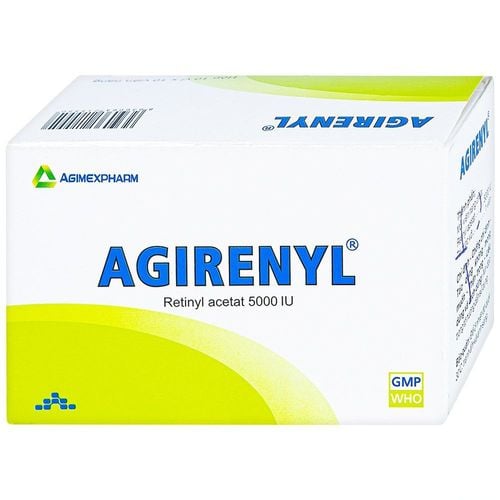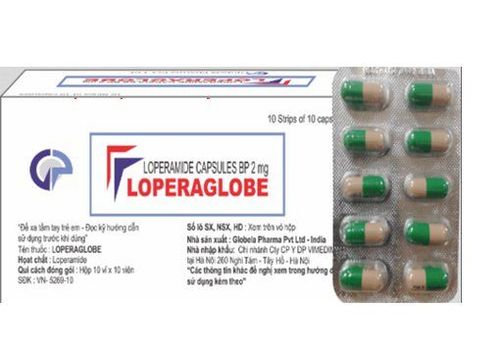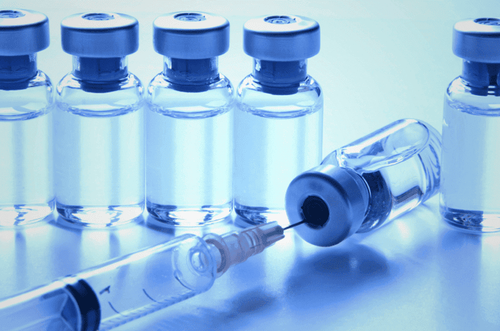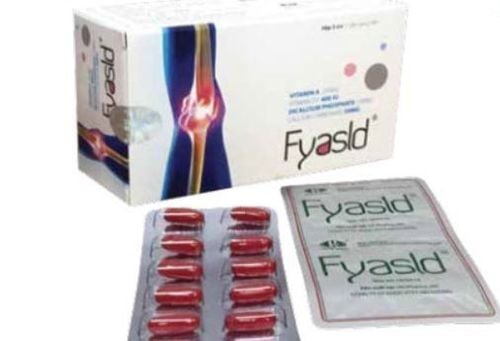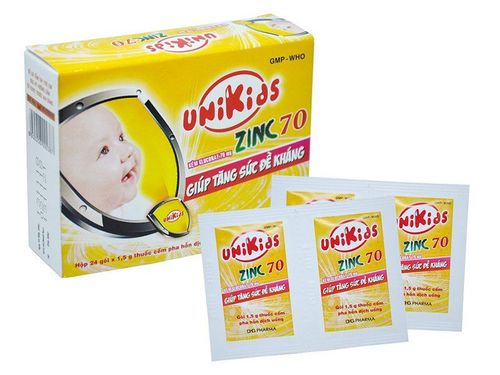This is an automatically translated article.
Children experiencing grade 3 (severe) malnutrition will have serious physical and intellectual effects and a high risk of death if not treated promptly. Therefore, caregivers need to recognize the characteristics of malnourished children early in order to promptly treat them.
1. Classification of malnutrition by grade
Normally, malnourished children will have a weight index lower than normal, but based on the weight index alone to assess whether that child is malnourished or not, it is not accurate. 3 comprehensive nutritional assessment indicators include:
- Weight for age.
- Height for age.
- Weight for height .
The above indicators will be compared with the assessment of nutritional status of the National Center for Health Statistics (NCHS) recommended by WHO (World Health Organization) for children in developing country.
The 3 most common ways of assessing and classifying malnutrition are:
Classification according to the World Health Organization (WHO - 1981); Classification according to Waterlow (1976); Classification according to Welcome (1970). * Classification of malnutrition according to the World Health Organization (WHO - 1981)
WHO uses weight-for-age indices, based on standard deviations (SD) from the reference population at the Center for Health Statistics National Center of Health Statistics to classify different levels of malnutrition:
Malnutrition grade 1: The weight of children under – 2SD to – 3SD is equivalent to 70-80% weight loss compared to the normal level. Malnutrition grade 2: The weight of children under – 3SD to – 4SD is equivalent to 60-70% of the normal weight. Malnutrition grade 3: The child's weight below -4SD is equivalent to the weight below 60% of the normal level. The WHO classification has the advantages of being fast, simple, universal and applicable to many subjects, but has the disadvantage of not distinguishing between acute and chronic malnutrition, and does not include all types of malnutrition. severe malnutrition.
* The Waterlow (1976) classification of malnutrition
This classification method uses two indices of weight for height and height for age to classify acute malnutrition or chronic malnutrition and malnutrition in the past based on the following table:

According to the table above: Emaciation is a manifestation of acute malnutrition; Stunting is a sign of malnutrition in the past; Emaciation and stunting are indicative of chronic undernutrition.
In the community this method is used to supplement the WHO classification of malnutrition but does not classify severe forms of malnutrition and each degree of malnutrition in children.
* Classification of malnutrition according to Welcome (1970)
The Welcome classification method uses the weight-for-age index and this method is suitable for classifying severe malnutrition.

Kwashiorkor body malnutrition: The child is not nourished but looks plump because of water retention in the legs and feet. Marasmus Body Malnutrition: This type of malnutrition occurs when body fat and tissues degrade at a severe rate to compensate for nutrient deficiencies in the body. This slows down the functioning of the immune system and metabolic processes in the body. Marasmus-Kwashiorkor Body Malnutrition: Characterized by severe exhaustion as well as edema. Caused by a lack of both protein and calories. The advantage of this classification method is its convenience, quick classification of severe malnutrition, but the disadvantage is that it has not been able to classify mild and moderate malnutrition, acute and chronic malnutrition.
2. Diagnosis of malnourished children grade 3
To diagnose a child with level 3 malnutrition, it is necessary to go through the test of height and weight index to compare with the ideal weight and height of children of the same age plus other criteria. Clinical signs are as follows:
Fatigue Irritability Weak immune system increases susceptibility to infections Dry and scaly skin Children growth retardation, stunting Enlarged abdomen Longer recovery time from injury , infection and disease Decreased muscle mass Behavioral and intellectual delays Impaired mental function and digestive problems Diagnostic procedures with clinical signs include:
Measurement of mid-arm diameter Upper: If the circumference of the mid-arm is less than 110 mm, it is a clear sign of malnutrition in your child. Blood tests: Specific blood tests such as a complete blood count, blood sugar, blood protein or albumin levels, and other common blood tests can diagnose malnutrition in children. Other tests: The doctor also assigns other tests such as thyroid function test, calcium, zinc and vitamin content determination tests, ... because they help identify malnutrition in children.

Chẩn đoán trẻ suy dinh dưỡng độ 3
3. Types of malnutrition grade 3
3.1. Kwashiorkor (Kwashiorkor)
Causes:
The main cause of kwashiorkor is not eating enough protein or other essential vitamins and minerals. It is most common in developing countries with limited food supplies, poor hygiene, and a lack of education about the importance of providing infants and children with an adequate diet. In the developing world, kwashiorkor is rare and is the result of excessive junk food, an outdated diet, or an underlying medical condition such as HIV.
Symptoms:
Lethargy, fatigue, irritability Loss of muscle mass White edema whole body, soft, concave pressure caused by decreased protein in blood, decreased albumin reduces colloidal pressure leading to increased drainage to the space cell. Edema accounts for 5–20% of body weight. Children's weight < 60 - 80% of the standard weight Enlarged liver due to anemia Poor resistance, frequent diarrhea and can not be completely treated Symptoms of anemia such as pale skin and nails Mind Body and motor growth retardation Rickets, hypocalcemia Hair thinning, thinning, slightly red, painful and cracked mouth, increased or decreased skin pigmentation with peeling skin due to vitamin deficiency. Poor kidney function Metabolic and electrolyte imbalance Diagnostic tests:
Arterial blood gas analysis Total protein level Urine analysis Serum potassium creatinine clearance Serum creatinine Blood urea nitrogen (BUN) Blood count total (CBC) Complications:
Coma Permanent mental and physical disability Shock

Suy dinh dưỡng độ 3 thể teo đét
3.2. Malnutrition grade 3 atrophy (Marasmus)
Causes:
Negative energy balance causes sluggishness and this may be due to decreased energy intake Increased loss of calories ingested due to vomiting, chronic diarrhea, burns... Increased energy expenditure Infections caused by viruses, bacteria, and parasites Bottle-fed infants A combination of the above factors Atrophic malnutrition is common in underdeveloped countries, slums, and rural areas. least.
Signs:
The shriveled, emaciated appearance is the classic presentation of marasmus. Ribs clearly visible Slow growth, loss of fatty tissue Chronic diarrhea Muscle atrophy, especially in the biceps and buttocks Skin folds, "old man" face Abnormal body temperature (hypothermia or oxygen fever) ) Anemia, dehydration (frequent thirst and atrophy of the eyes) Corneal damage due to vitamin A deficiency Skin manifestations Otitis media and rhinitis Hypovolemic shock leads to weak afferent pulse, cold extremities and decreased consciousness paralysis of the lower extremities Weak bladder and bowel control Blood or mucus in the stool Infection, weight loss, coma Fainting or altered consciousness Persistent vomiting Diagnostic tests:
Low blood sugar values More than 3 mmol/L is indicative of hypoglycemia Hemoglobin level less than 40 g/L is indicative of severe anemia Microscopic examination of blood smear: Detecting parasites is indicative of infection Infections Albumin values less than 35 g/L are indicative of severe impaired protein synthesis Urine examination and culture Microscopic examination of stools Electrolytes: Hyponatremia is evident. However, the results are rarely helpful and can also lead to inappropriate therapy. HIV tests are not routinely performed. Complications:
Permanent vision loss Organ failure Joint deformity
3.3. Mixed Body (Marasmus - Kwashiorkor)
Malnutrition with edema after partial recovery and no signs of edema will become atrophy, but the liver still degenerates fat.
To treat a grade 3 malnourished baby, it is important to first identify the root cause. Once the root cause is identified, the doctor will recommend specific changes to the diet plan to correct the nutritional deficiency or excess. Many of the negative effects of malnutrition can be corrected and reversed with prompt treatment. Therefore, if they detect any signs of malnutrition in their children, parents should immediately take their children to medical facilities for specific examination and advice.
For children to be healthy and develop well, it is necessary to have a nutritious diet in terms of quantity and quality balance. If children are not provided with adequate and balanced nutrients, it will lead to diseases of excess or lack of nutrients, which adversely affect the comprehensive development of children in terms of physical, mental and motor skills.
Parents should supplement their children with supportive products containing lysine, essential micro-minerals and vitamins such as zinc, chromium, selenium, and B vitamins to help fully meet their child's nutritional needs. At the same time, these essential vitamins also support digestion, enhance nutrient absorption, help improve anorexia, and help children eat well.
For more nutritional knowledge and child care for each age, parents should regularly visit the website vimec.com and make an appointment with the leading doctors, pediatric and nutrition experts of the National General Hospital. Vinmec when needing advice on children's health.




